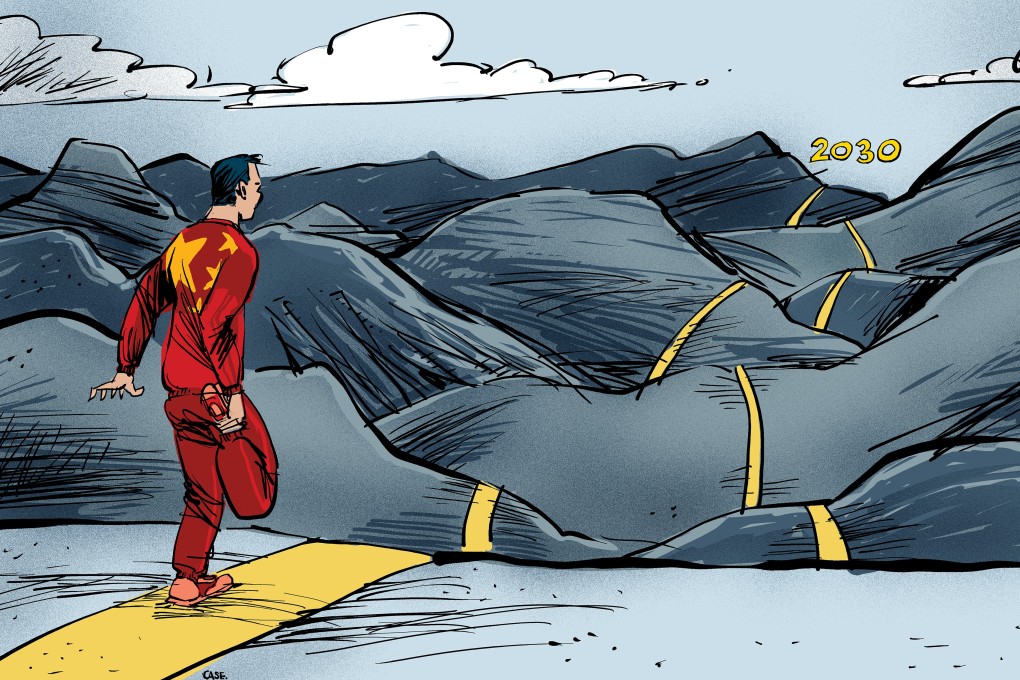Opinion | The seven trends that will define China in the 2020s
- What can the world expect from China in this new decade? Besides US-China tension, slower Chinese economic growth, vertical integration and the tilt towards Chinese domestic consumption are all likely to have an effect on the rest of the world

Against multiple headwinds, China’s trajectory is unlikely to be smooth. Notwithstanding major changes, the following realities are likely to define China in the new decade.
First is a tectonic collision on all fronts with the United States. The China scare is reaching a crescendo. This is powered by such thinking as Peter Navarro’s Death by China (2011), Michael Pillsbury’s The Hundred-year Marathon: China’s Secret Strategy to Replace America As the Global Superpower (2015), Elizabeth Economy’s The Third Revolution: Xi Jinping and the New Chinese State (2018) and Robert Spalding’s Stealth War: How China Took Over while America’s Elite Slept (2019).
There is a solid bipartisan consensus that a powerful yet authoritarian China, if left unchecked, would compromise, if not usurp, American leadership of the liberal world order.
Few countries have the luxury of splendid isolation. US allies are being cajoled into adopting a united front. Others are hedging, unprepared or unwilling to take sides in a world becoming inextricably interconnected and interdependent.
